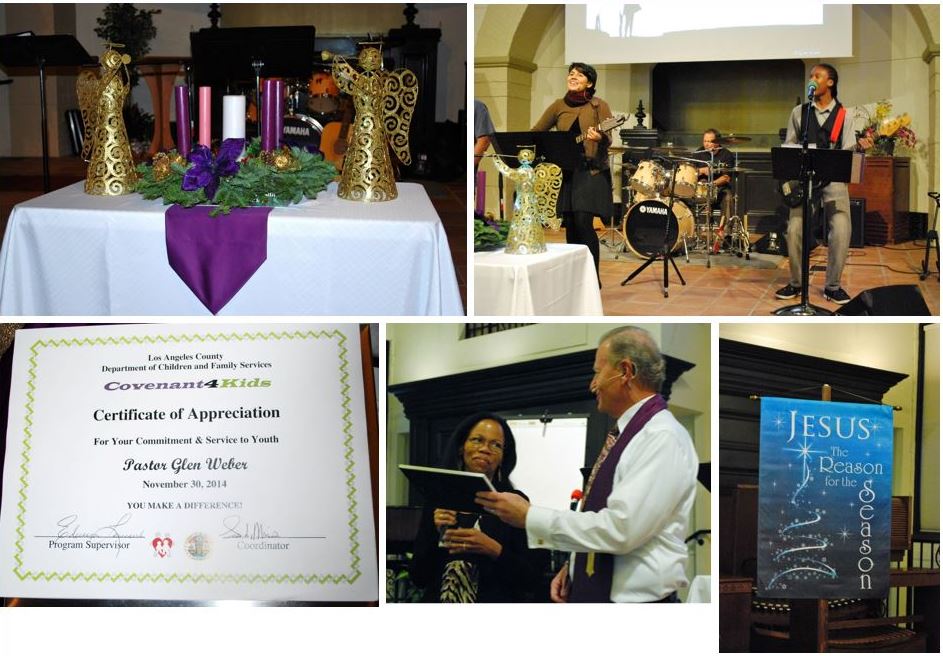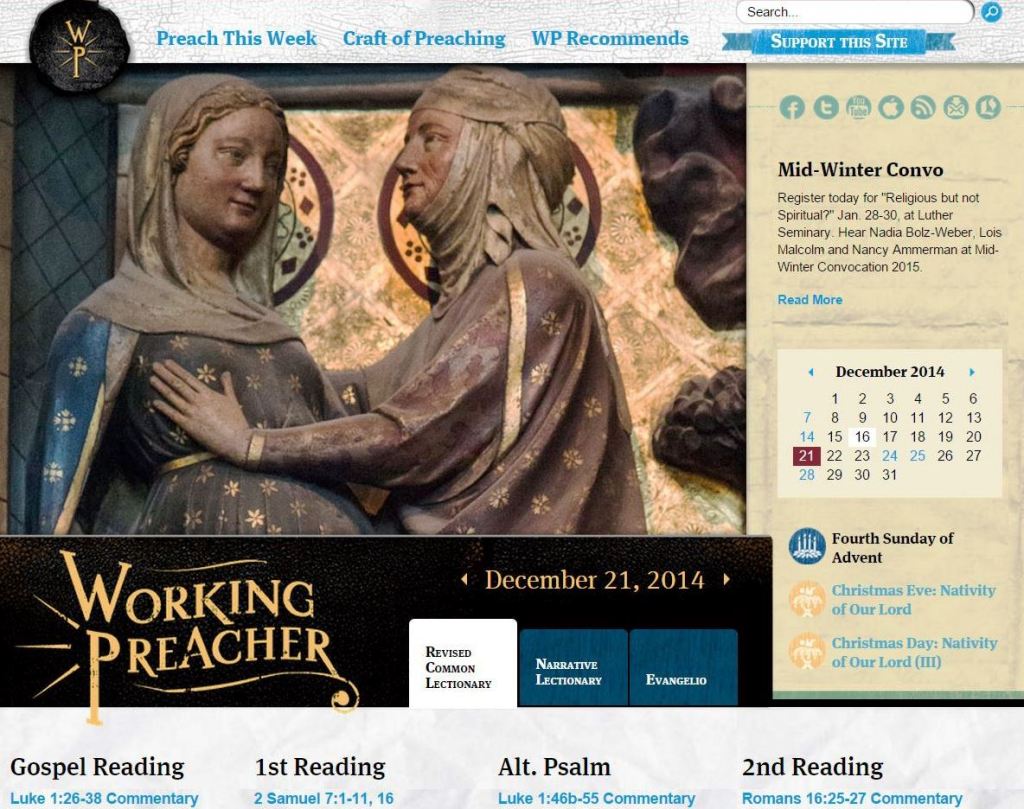Dear Brothers and Sisters in Christ,
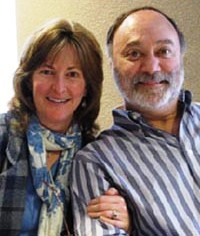 The Advent-Christmas season is a time of joy, hope and promise as we reflect on Jesus and the Incarnation. People all over the world are telling the story about his birth. The airwaves are filled with songs of the season. Churches are celebrating with pageants, cantatas and choirs. It’s the time of the year when you’d think the whole world has a chance to learn the truth about Jesus, the Messiah.
The Advent-Christmas season is a time of joy, hope and promise as we reflect on Jesus and the Incarnation. People all over the world are telling the story about his birth. The airwaves are filled with songs of the season. Churches are celebrating with pageants, cantatas and choirs. It’s the time of the year when you’d think the whole world has a chance to learn the truth about Jesus, the Messiah.
Sadly, many don’t get the full meaning of the season and simply celebrate Christmas because of the holiday spirit. They miss out on so much because either they don’t know Jesus or have fallen for the lie that Jesus is merely a myth—a contention that has been around since Christianity began.
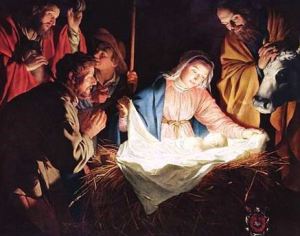
This time of year it’s common for articles to declare that “Jesus is a myth,” typically noting that the Bible is unreliable as a source of history. But these claims overlook the fact that the Bible has been around far longer than many “credible” sources. Historians often cite as reliable the writings of historian Herodotus. Yet there are only eight known copies of his writings, with the earliest dated 900 A.D.—some 1,300 years after Herodotus’ time.
Contrast that with the “discounted” New Testament, which was written shortly following Jesus’ death and resurrection. The earliest New Testament manuscript (a fragment from the Gospel of John) is dated A.D. 125-130 A.D. There are more than 5,800 complete or fragmented copies of the New Testament in Greek, about 10,000 in Latin and 9,300 in other languages. Let me share with you three notable quotes that point to the authenticity of the New Testament accounts of Jesus’ life.
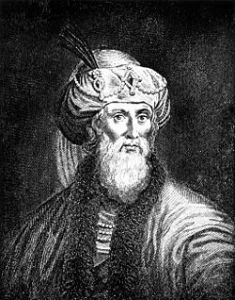
The first quote is from first century Jewish historian, Flavius Josephus:
Now there arose at this time a source of further trouble in one Jesus, a wise man who performed surprising works, a teacher of men who gladly welcomed strange things. He led away many Jews, and also many of the Gentiles. He was the so-called Christ. When Pilate, acting on information supplied by the chief men around us, condemned him to the cross, those who had attached themselves to him at first did not cease to cause trouble, and the tribe of Christians, which has taken this name from him is not extinct even today. (Antiquities, 18.3.3)
F.F. Bruce, who translated this quote, noted that, “The historicity of Christ is as axiomatic for an unbiased historian as the historicity of Julius Caesar.”
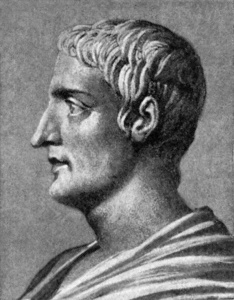
The second quote is from Roman historian Carius Cornelius Tacitus who also wrote in the first century. Referring to accusations that Nero burned Rome and then blamed Christians, he wrote this:
Nero procured others to be accused, and inflicted exquisite punishment upon those people, who were in abhorrence for their crimes, and were commonly known by the name of Christians. They had their denomination from Christus, who in the reign of Tiberius was put to death as a criminal by the procurator Pontius Pilate… At first they were only apprehended who confessed themselves of that sect; afterwards a vast multitude discovered by them, all of which were condemned, not so much for the crime of burning the city, as for their enmity to mankind. (Annals, 15, 44)
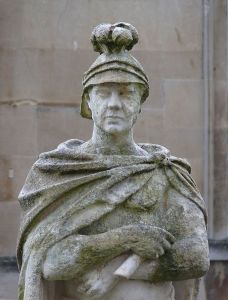
The third quote is from Gaius Suetonius Tranquillus, official historian of Rome during the reigns of Trajan and Hadrian. In a book written in A.D. 125 concerning the lives of the first twelve Caesars, Suetonius wrote this about Claudius (who reigned from A.D. 41 to 54):
He banished the Jews from Rome, who were continually making disturbances, Chrestus being their leader. (Life of Claudius 25.4, and note his spelling of Christ as “Chrestus”)
Suetonius’s statement points to the growth of Christianity in Rome prior to A.D. 54, only two decades after Jesus’ death. Reflecting on this and other evidence, British New Testament scholar I. Howard Marshall concluded: “It is not possible to explain the rise of the Christian church or the writing of the Gospels and the stream of tradition that lies behind them without accepting the fact that the Founder of Christianity actually existed.”
Though other scholars doubt the authenticity of the first two quotes and a few even claim them to be forgeries by Christians, the criterion for validating these references is solid. I enjoy a comment made by historian Michael Grant in his book, Jesus: An Historian’s Review of the Gospels: “If we apply to the New Testament, as we should, the same sort of criteria as we should apply to other ancient writings containing historical material, we can no more reject Jesus’ existence than we can reject the existence of a mass of pagan personages whose reality as historical figures is never questioned.”
Though skeptics are quick to dismiss what they don’t want to believe, there are exceptions. Noted skeptic and liberal theologian John Shelby Spong wrote in Jesus for the Non-Religious, that “Jesus was, first of all, a human being who actually lived at a particular time in a particular place. The man Jesus was not a myth, but a figure of history from whom enormous energy flowed—energy that still in our day cries out to be adequately explained.”
In his days as an atheist, C.S. Lewis believed that the New Testament accounts about Jesus were mere legends. But when he read them for himself and compared them with what he knew of actual ancient legends and myths, he saw clearly that these writings were nothing of the sort. They had the form and quality of recollections concerning the daily life of a real person. With that recognition, a barrier to faith fell away. From that point forward, Lewis had no problem believing in the historical reality of Jesus.
Many skeptics assert that Albert Einstein, as an atheist, did not believe in Jesus. Though Einstein did not believe in a “personal God,” he refused to combat those who did, because “Such a belief seems to me preferable to the lack of any transcendental outlook” (Einstein and Religion: Physics and Theology, by Max Jammer). Einstein, who grew up a Jew, admitted to being “enthralled by the luminous figure of the Nazarene.” When asked by an interviewer if he accepted the historical existence of Jesus, Einstein gave this reply: “Unquestionably. No one can read the Gospels without feeling the actual presence of Jesus. His personality pulsates in every word. No myth is filled with such life. How different, for instance, is the impression which we receive from an account of legendary heroes of antiquity like Theseus. Theseus and other heroes of his type lack the authentic vitality of Jesus” (“What Life Means to Einstein: An Interview,” by George Sylvester Viereck, The Saturday Evening Post, October 26, 1929).
I could go on, but as Roman Catholic scholar Raymond Brown has rightly noted, concentrating on the question of Jesus being a myth causes many to miss the real point of the Gospels. In The Birth of the Messiah, Brown mentions that he is often approached around Christmas by those wanting to write an article about the historicity of Jesus’ birth. “With little success I try to convince them that they could promote understanding of the birth stories by concentrating on the message of those stories instead of an issue that was very far from primary [for] the evangelists.”
When we keep our focus on sharing the story of Christmas, instead of on trying to convince people that Jesus was not a myth, we are giving living proof of Jesus’ reality. That living proof is the life he now lives in us and among us. The Bible’s focus and purpose is not to prove the historical validity of Jesus’ incarnation, but to share why he came and what his coming means to us. The Holy Spirit uses Scripture to put us in actual contact with the incarnate and risen Lord who draws us to himself that we might believe in him and worship the Father through him. Jesus came into the world as a demonstration of God’s love for each and every one of us (1 John 4:10). Here are a few other reasons why he came:
- To seek and save the lost (Luke 19:10).
- To save sinners and call them to repentance (1 Timothy 1:15, Mark 2:17).
- To make himself a ransom for humanity (Matthew 20:28).
- To bear witness to the truth (John 18:37).
- To do the will of the Father, which is to bring many children to glory (John 5:30, Hebrews 2:10).
- To be the light of the world, the way, the truth and the life (John 8:12; 14:6).
- To preach the good news about the kingdom of God (Luke 4:43).
- To fulfill the law (Matthew 5:17)
- Because the Father sent him: “For God so loved the world, that he gave his only Son, that whoever believes in him should not perish but have eternal life. For God did not send his Son into the world to condemn the world, but in order that the world might be saved through him. Whoever believes in him is not condemned, but whoever does not believe is condemned already, because he has not believed in the name of the only Son of God” (John 3:16-18).
This month we celebrate the truth of God entering our world in Jesus. It is good for us to remember that not everyone knows this truth, and we have been invited (commissioned) to share it with others. Jesus is more than a historical figure—he is the Son of God who came to reconcile all to the Father in the Holy Spirit. That is what makes this season one of joy, hope and promise.
Enjoying the season,
Joseph Tkach


